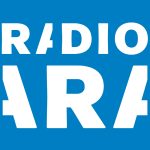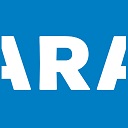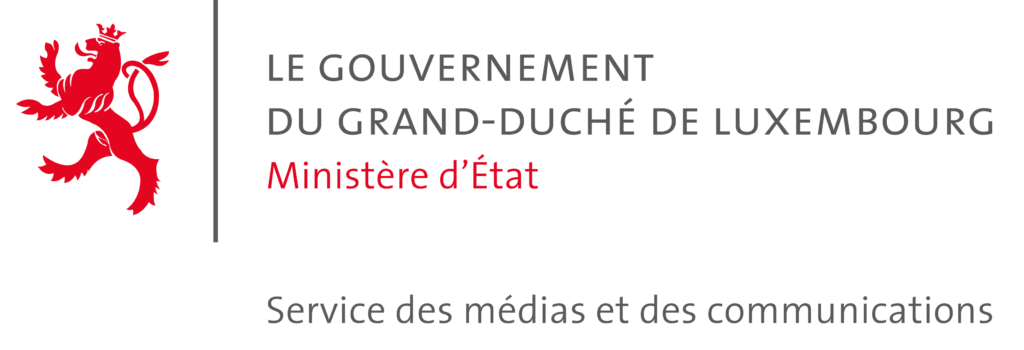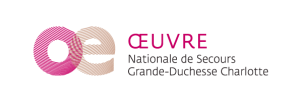The New Millennium
2000 - 2015
A Shift Toward Professionalisation (Early 2000s)
In the early 2000s, ARA began to shift from its all-volunteer model. This professionalisation allowed for more consistent quality on-air. Over time, it also became harder to maintain the original level of volunteer commitment. Especially the youth show struggled with the frequent turnover. ARA faced regular funding gaps and relied on donations from volunteers to survive. New revenue was needed.
Graffiti Gets Government Support (2002)
In 2002, the youth show Graffiti received its first public funding from the Ministry of Family Affairs. It allowed ARA to hire someone part-time to coordinate youth work—turning what had been entirely volunteer-run into a more stable, professional setup. This moment marked a big shift in how ARA could support long-term projects, build partnerships, and raise its visibility in the local media scene.
The first English programming (2002)
The company City Radio Productions joined Radio ARA with a daily broadcast all in English, called ARA City Radio. With its advertising revenue, ARA City Radio helped fund the rest of ARA. With a more professional tone and commercial strategy, it reached a wider audience—especially among Luxembourg’s international residents. For a while, it was ARA’s financial lifeline, supporting the alternative programming that didn’t bring in ad money.
Multilingualism is born (Early 2000s)
With ARA City Radio, ARA launched Luxembourg’s first English-language program to reach the growing international community. This project eventually became an essential part of Radio ARA, giving English-speaking residents a daily local media source they could call their own. Simultaneously, ARA launched the first broadcast in Italian language, hosted by the association Passaparola.
The Big Move to Rotondes (TBC)
ARA eventually moved out of Rue de la Boucherie and into new studios at Rotondes. The old building, full of charm and broken elevators, was left behind. The new space, in a cultural centre, brought modern equipment and more room to grow. Technicians and volunteers handled the move themselves—rebuilding studios and rewiring everything. It was the start of a new chapter for ARA’s broadcasts.
Speaking in the audios: Germain Binz, Guy Antony, Lisa McLean












